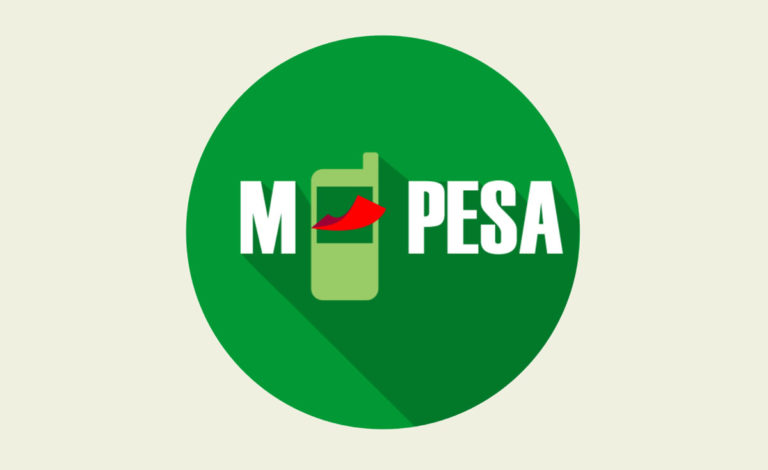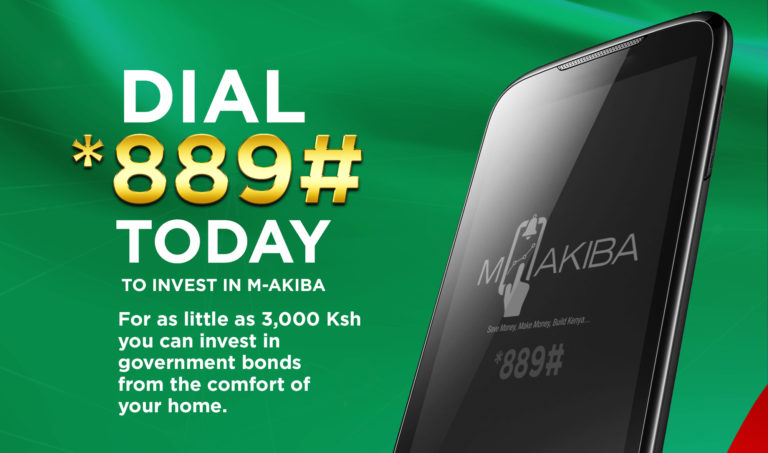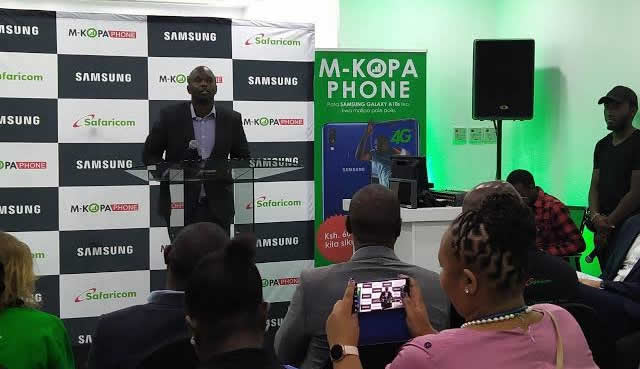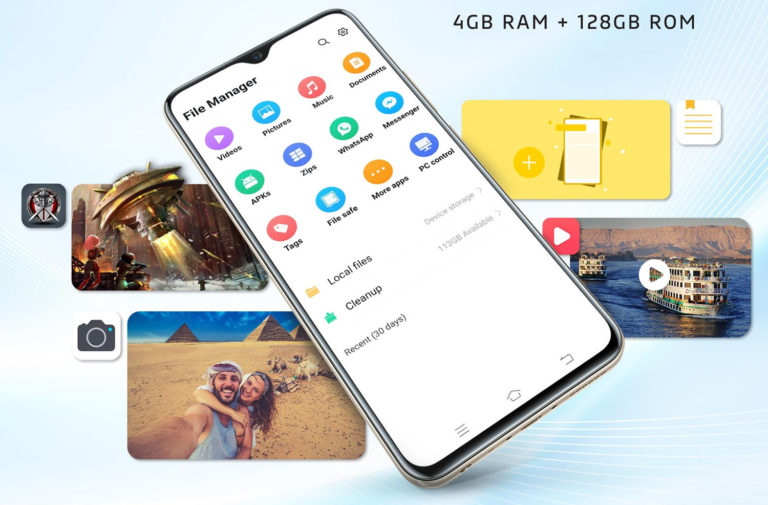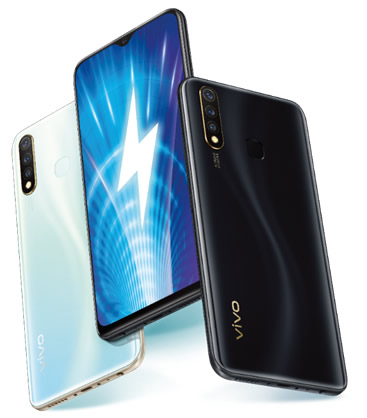Owing to the current corona – covid-19 virus pandemic that’s causing havoc globally, the National Social Security Fund (NSSF) and Safaricom have inked a deal that will see members of NSSF tenant purchase scheme remit their installments via MPESA mobile payment service. This is a move that’s touted to limit spread of the virus by eliminating the need to make cash payments which could otherwise be a source for these infections.
While speaking on the development, the NSSF tenant purchase scheme intents to combat the spread of Covid-19 by availing alternative cashless payment options to members that will as well limit their movement and physical contact when making their payments.
Safaricom’s Chief Financial Services Officer, Sitoyo Lopokoiyit said that Convenience and speed continued to be a major concern while making payments leading to unending demand for M-PESA among Safaricom’s customers. He also added that the partnership with NSSF introduces a new era for their Tenant Purchase Scheme customers empowering them to make payments from the comfort of their homes wherever they may be, and at any time.
How to pay for your NSSF Tenant Purchase Scheme via Mpesa
Instead of making those long queues at banking halls, the initiative further saves the scheme’s customers from having to travel in order to make payments. Customers will therefore be able to make payments by a USSD code – *303*3#. Which will prompt them to key in their details and make payments from their M-PESA account. Or use Paybill no 333300
On it’s part, the National Social Security Fund’s CEO Dr. Anthony Omerikwa announced that the strategy was adopted by the NSSF to go digital by placing all of its services at the fingertips of customers, thereby ensuring they are able to access wherever they are and at their own convenience. He also added by acknowledging the importance of this partnership with Safaricom which in turn has made it possible to achieve this goal by taking advantage of the unique, world class capabilities they provide through M-PESA.
The partnership will primarily target NSSF Tenant Purchase Scheme members in Nairobi’s Nyayo estate Embakasi, Hazina, Kitusuru, Mountain View and Eldoret’s Kapsoya estate. In addition to the cashless payments, the new service also provides the Scheme members with the capability to reconcile and generate reports of their payments and standing.
The NSSF Tenant Purchase Scheme allows Kenyans to own homes over a period by making monthly installment payments to offset the cost. The move will also allow NSSF Tenants a way to make service charge payments too.
The partnership is among other measures rolled out by the two organizations to provide NSSF customers with increased convenience and speed when accessing services. Members can either opt to use the USSD Code- *303*1# or through paybill number: 333300


